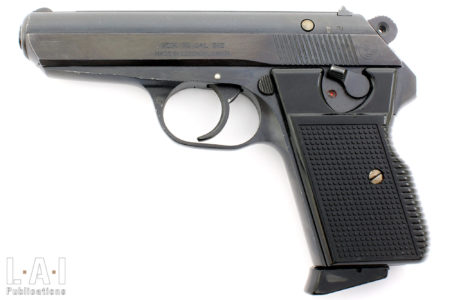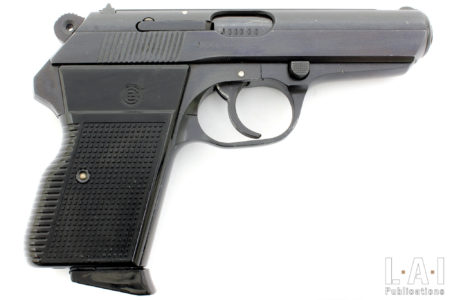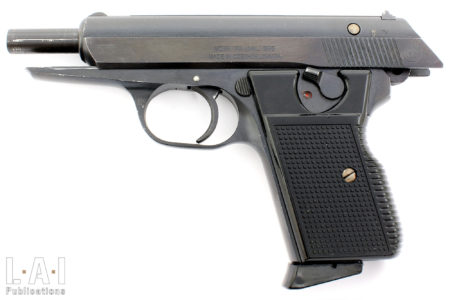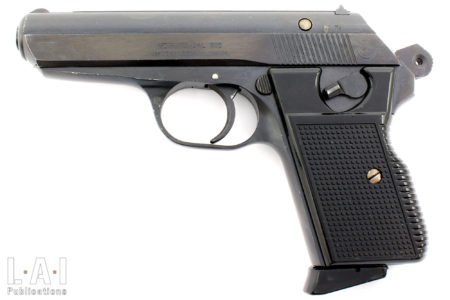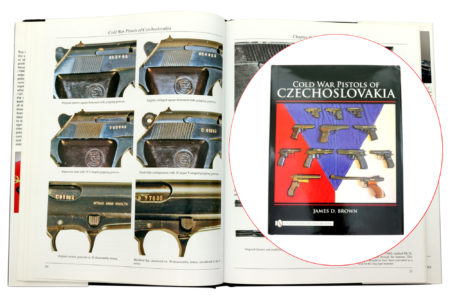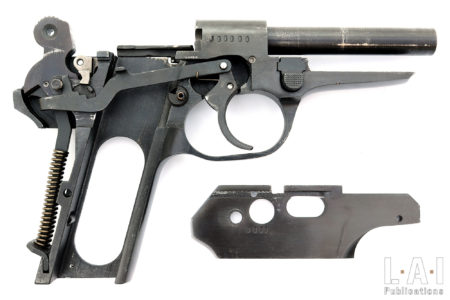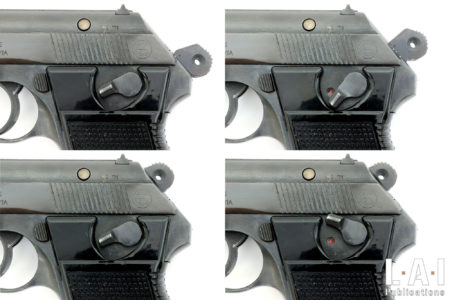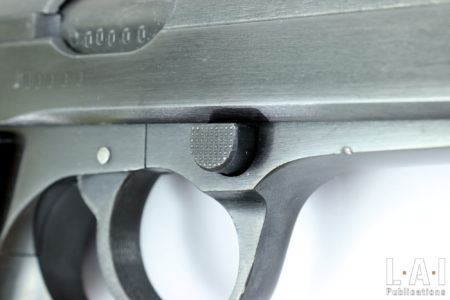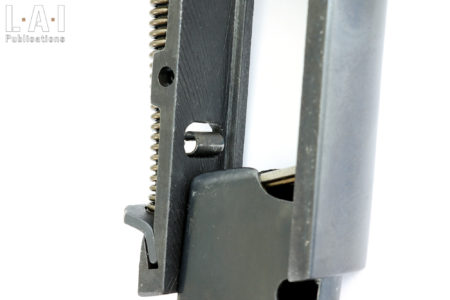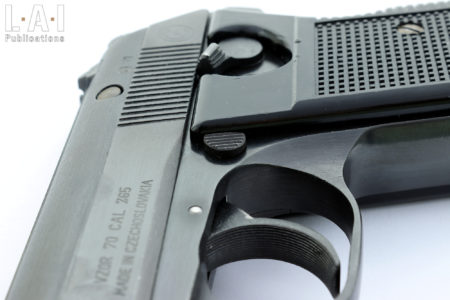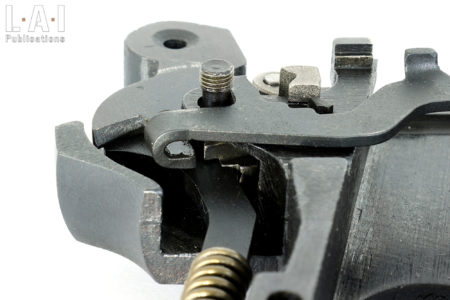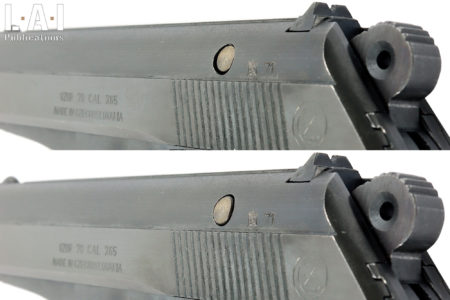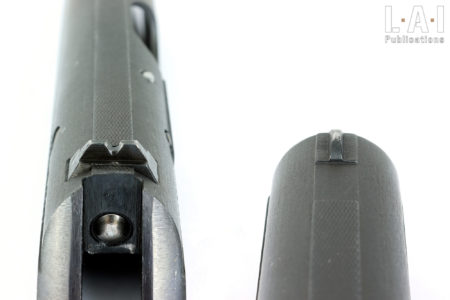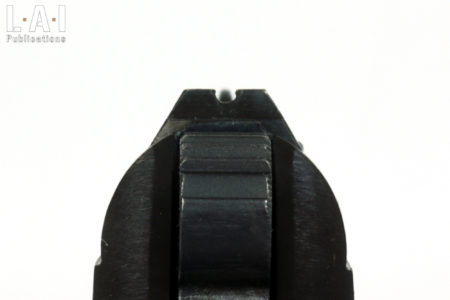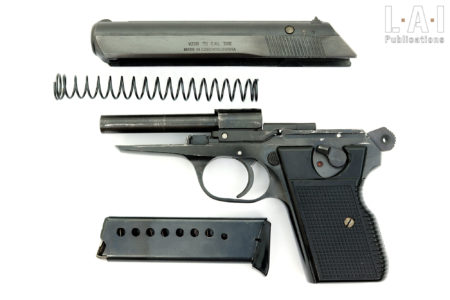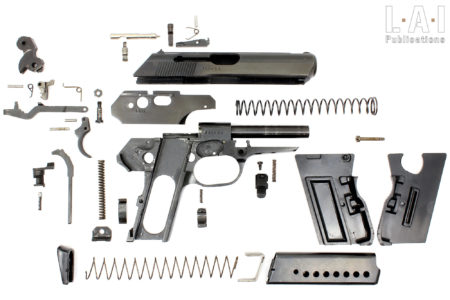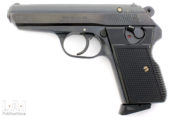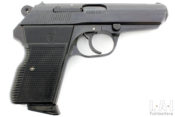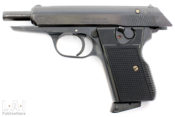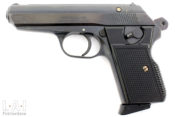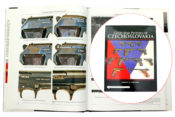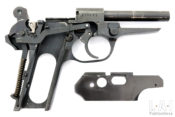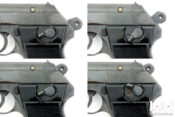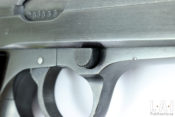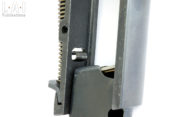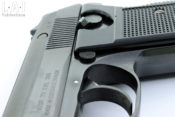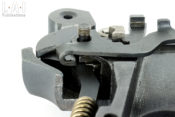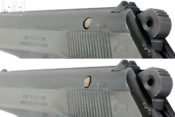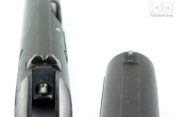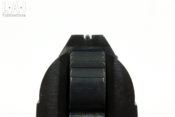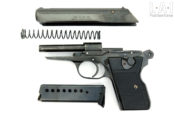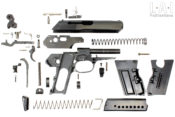A few years ago, a gunsmith offered us – it must be said, at a hellishly-low price! – a Czechoslovak Vzor 70 pistol in caliber 7.65×17 mm SR. Faced with this opportunity, a friend and I hesitated only for a short time. Some times before, passing through a specialized bookstore in Paris, we had discovered the book “The Cold War Pistols of Czechosolovakia” by James D. Brown. And at the time, we had not bought this book (at a price close to what we paid for the weapon!) for the benefit of other books, but with great regret as the book seemed to us on the moment of quality. Time (and the Internet) helping, we ended up gathering the book and the weapon in one place… The opportunity to talk about both!
A book as we like them!
So, yes clearly, this book seems to us to be, as its name suggests, a major work on Czechoslovak pistols of the Cold War. The approach is meticulous, the panel of weapons studied important, with many pictures of excellent quality … All in a passionate approach (helped by other enthusiasts as mentioned at the beginning of the book by the author) … to which one can only be sensitive. And lovers of the subject will be served: from the 6.35 to the flare pistol through the inevitable CZ 75 and other Drulov, you get your fair share of value for the price paid! We are not going to shamelessly plunder the contents of this wonderful book but recommend its purchase (and subscribe to LAI Publications, it’s not that bad… then again, some prefer Wikipedia…). We will thus only partially address the historical aspects and will not detail the variations in production other than those which will be relevant to the examination of the copy in our possession, which is dated in view of its serial number and proof stamps, from 1971. Our study will be first and foremost… mechanics!
Mission: thinking the Walther PP / PPK over
James D. Brown’s book states (and we readily believe it) that the weapon was designed as a redesigned Walther PP / PPK for two purposes: to avoid the purchase of a license from Walther, but also as a productive simplification. And it must be said that the second point is not in vain: if the Walther PP / PPK are undeniably successes in many respects, they are clearly not models of productive rationalities. These German weapons, dating from 1929 for the PP and 1931 for the PPK, are rather “complex”, have many parts and are even finally quite laborious to assemble compared to other weapons of the same category. Clearly not the dream weapon when it comes to maintenance. Fortunately (or not!) for your servant, the copies in service at the DST have only passed through our hands for the purpose of being replaced by the SIG SP 2022. And fortunately for their users, these German weapons are generally reliable: if James Bond and Derrick use them, it is not without reason.
Faced with the mission assigned to them, the work of brothers Jan and Jaroslav Kratochvíl blossomed rather well. In order to meet the requirements of the specifications, they decided to resort to the use of a firing mechanism installed in a large lateral opening (on the right side) of the frame, closed by a side plate (Pic.06). This is a provision that we find on many revolvers, even today. In this way, machining and assembly operations are simplified, and even the blank of the frame – made by forging – will be more economical in raw material because incorporating large recesses. In the case of the Vz.70, this also includes a magazine well recess. If the approach may seem singular on this type of weapon, this track had actually already been widely exploited from the first semi-automatic pistols at the end of the nineteenth century (such as the Mannlicher 1894 whose article is available here). In Czechoslovakia, the CZ 22, 24 and 27 pistols were also used before WWII. These weapons, designed by Josef Nickl and Frantiček Myska, were inspired by Nickl’s previous work at Mauser which gave birth to the 1910, 1914 and 1934 pistols, among other things. In 1945, these weapons having undoubtedly been a landmark in the minds of Czechoslovak designers, the principle of a side plate would be taken up by Jan Kratochvíl on the 6.35 mm Vz.45 pistol, simplification of Frantiček Myska’s Vz.36. In this version redesigned to be more economical to produce, the double-action only mechanics are installed in an opening on the left side of the weapon, fully covered by a side plate. It is noted that this last weapon survived the Cold War for a long time, marketed until recently under the name “CZ 92”. Use of a side plate was therefore well established in the local gunsmith landscape. And it is logical that we will find it on the Vz.52, also designed by the Kratochvíl brothers… But that’s another story we’ll talk about soon.
The weapon thus designed will initially be named “Vzor 50”, or “Model 50” for 1950. Its dimensions are closer to the Walther PP than the PPK:

* Measurements given by Max Popenker’s website “Modern Firearms”
** Author’s measurements
In 1970 after some modifications, the weapon would be renamed Vzor 70. The two weapons, however, are so close that author James D. Brown refers to this weapon family generically as “Vz.50-70”. Their production would be spread out until 1983, in a rather irregular way, the weapon having had to give way in the 1950s to the manufacture of the service pistol “Vzor 52” caliber 7.62×25 mm.
The weapon would be used domestically in police forces and would also be offered for export. Some copies would even be encountered in the hands of North Vietnamese fighters during the Vietnam War. In total, nearly 358,823 Vz.50 and 819,000 Vz.70 would be produced.
Annual subscription.
€45.00 per Year.
45 € (37.5 € excluding tax) Or 3,75€ per month tax included
- Access to all our publications
- Access to all our books
- Support us!
Monthly subscription
€4.50 per Month.
4.50 € (3.75 € excluding tax)
- Access to all our publications
- Access to all our books
- Support us!


